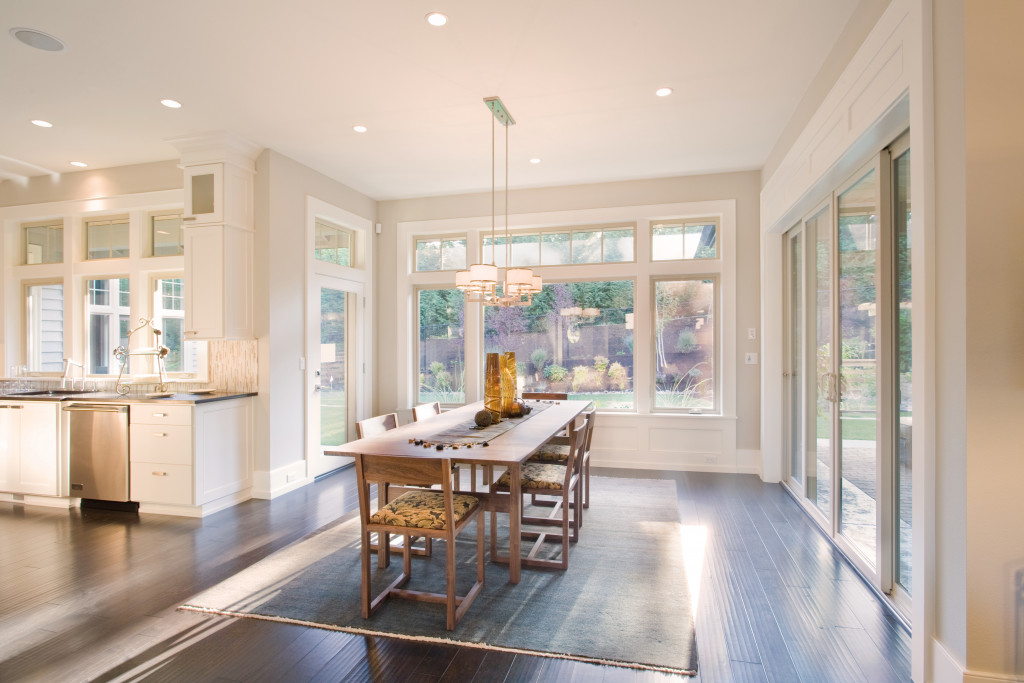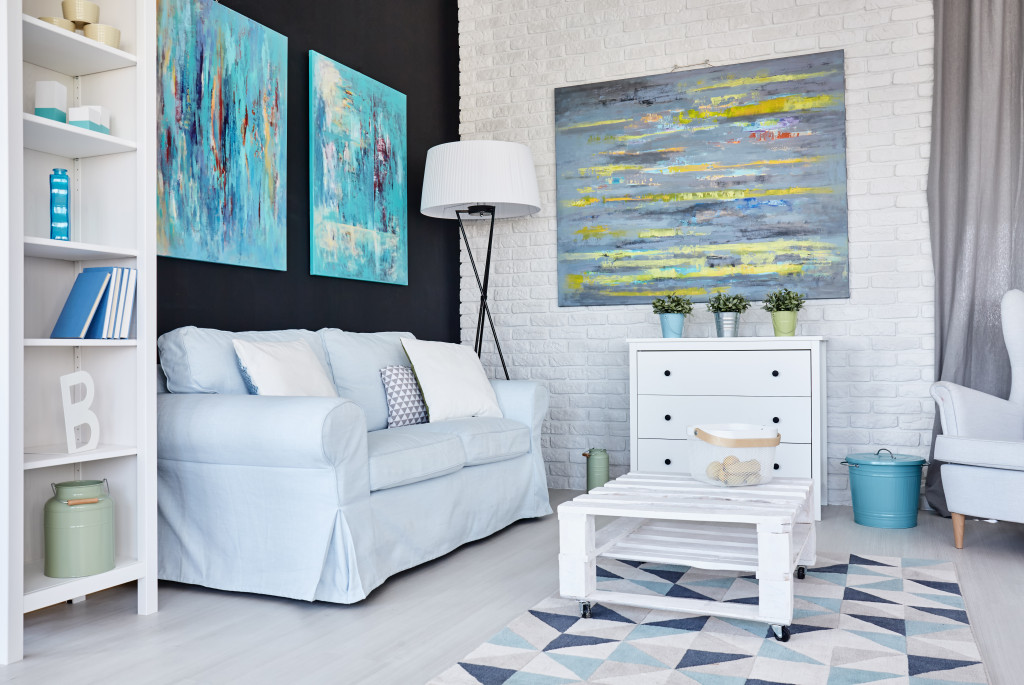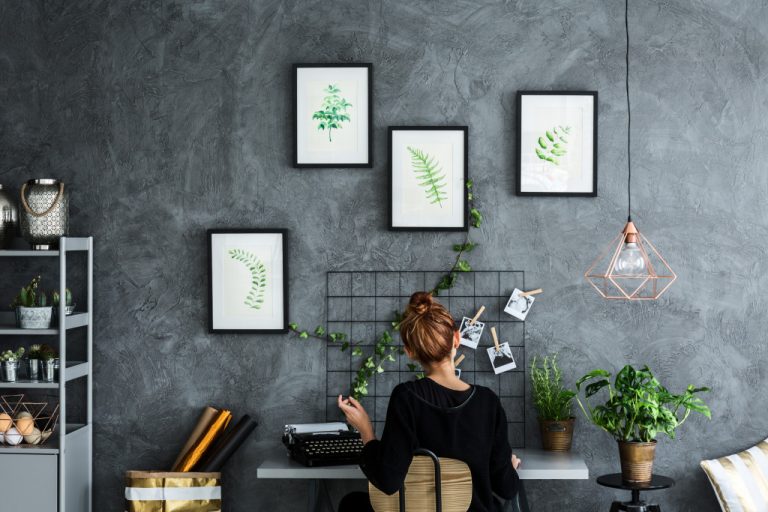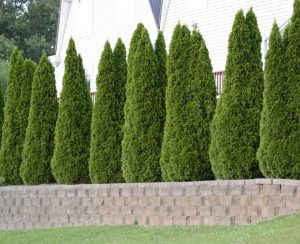- Select furniture that offers comfort, fits the room’s scale, and serves multiple functions.
- Incorporate a mix of natural, ambient, and task lighting to create a warm and versatile environment.
- Efficient space planning involves strategic arrangement of furniture to maximize utility and flow.
- Consider personal touches like family photos and artwork to add a unique touch to your living space.
- Transitional spaces, such as entryways, should be cohesive with the rest of the living space.
Creating a comfortable and functional living space is more than selecting the right furniture and color schemes. It is about crafting an environment that feels inviting, warm, and efficient. These five tips can guide you in transforming your living space into a harmonious blend of functionality and comfort.
1. Thoughtful Furniture Selection
Choosing the right furniture is pivotal in creating a living space that is both functional and comfortable. Prioritize pieces that offer comfort while also fitting the scale of your room. Avoid overcrowding the space with too much furniture, making the room cramped and chaotic.
Opt for versatile pieces that serve multiple functions, such as a sofa bed or an ottoman with storage. This ensures that you are making the most of the available space without compromising on comfort.
2. Emphasize on Lighting

Lighting can significantly influence the mood and ambiance of your living space. Incorporate a mix of natural, ambient, and task lighting to create a warm and versatile environment. Pay attention to the placement of light sources to ensure the space is well-lit and inviting.
Layering your lighting can enhance the functionality of the space. For instance, combining overhead lighting, table lamps, and floor lamps can allow you to adjust the lighting to suit different activities and moods.
3. Efficient Space Planning
Efficient space planning involves strategically arranging furniture and elements to maximize the utility and flow of the room. Proper space planning ensures the room is easy to navigate while feeling cozy and well-organized.
Here are tips for efficient space planning:
Use the Right Size Rugs
Area rugs can do wonders in defining spaces within your living room. However, it’s essential to choose the right size. A too-small rug can make the room look disjointed and haphazardly planned. Select a rug large enough to accommodate all furniture pieces in a conversational grouping. This will create a more unified and cohesive look.
Incorporate Flexible Furniture
Invest in furniture pieces that are flexible and can be easily moved or adjusted. Items like lightweight chairs, nesting tables or ottomans can be moved around to suit various needs and activities. It allows you to easily change the setup of your living room, offering versatility and ensuring efficient use of space.
Utilize Vertical Spaces
Don’t neglect the vertical space in your living room. Use tall bookshelves, floor-to-ceiling drapes, or hang art pieces up high to draw the eye upwards, creating a sense of height and openness. This can make your living room feel more spacious and less cluttered, contributing to efficient space planning.
Consider Traffic Flow
Consider the flow of traffic when arranging your furniture. Ensure ample space for people to move around comfortably without bumping into furniture. Ideally, there should be three to four feet of walking space in high-traffic areas. Arranging furniture this way ensures a smooth traffic flow and contributes to a well-planned living space.
4. Incorporate Personal Touches

To make your living space truly comfortable, it’s essential to add personal touches that reflect your style and preferences. Integrate elements such as family photos, artwork, or collectibles that hold sentimental value.
Remember that your living space should reflect your personality and experiences. By adding elements that resonate with you, the space becomes more comforting and inviting, ultimately transforming it into a haven that you can call your own.
5. Focus on Transitioning Spaces
The areas that connect different parts of your home are as crucial as the rooms themselves. Transitioning spaces such as entryways and passages should be cohesive with the rest of the living space. For instance, using a square nose trim can provide a seamless transition between different flooring materials at doorways or between rooms.
A square nose trim is not just functional, ensuring a smooth transition, but it also offers a polished look that adds to the aesthetic consistency throughout your home. By considering these transitioning spaces and incorporating elements like the square nose trim, you contribute to the overall comfort and functionality of your living space.
Final Words
Crafting a comfortable and functional living space involves thoughtful consideration of furniture, lighting, space planning, personal touches, and transitional areas. By strategically integrating elements such as versatile furniture, layered lighting, efficient space planning, personal artifacts, and cohesive transitioning spaces with details like square nose trim, you can create a living space that is not just aesthetically pleasing but also wonderfully comfortable and highly functional.











